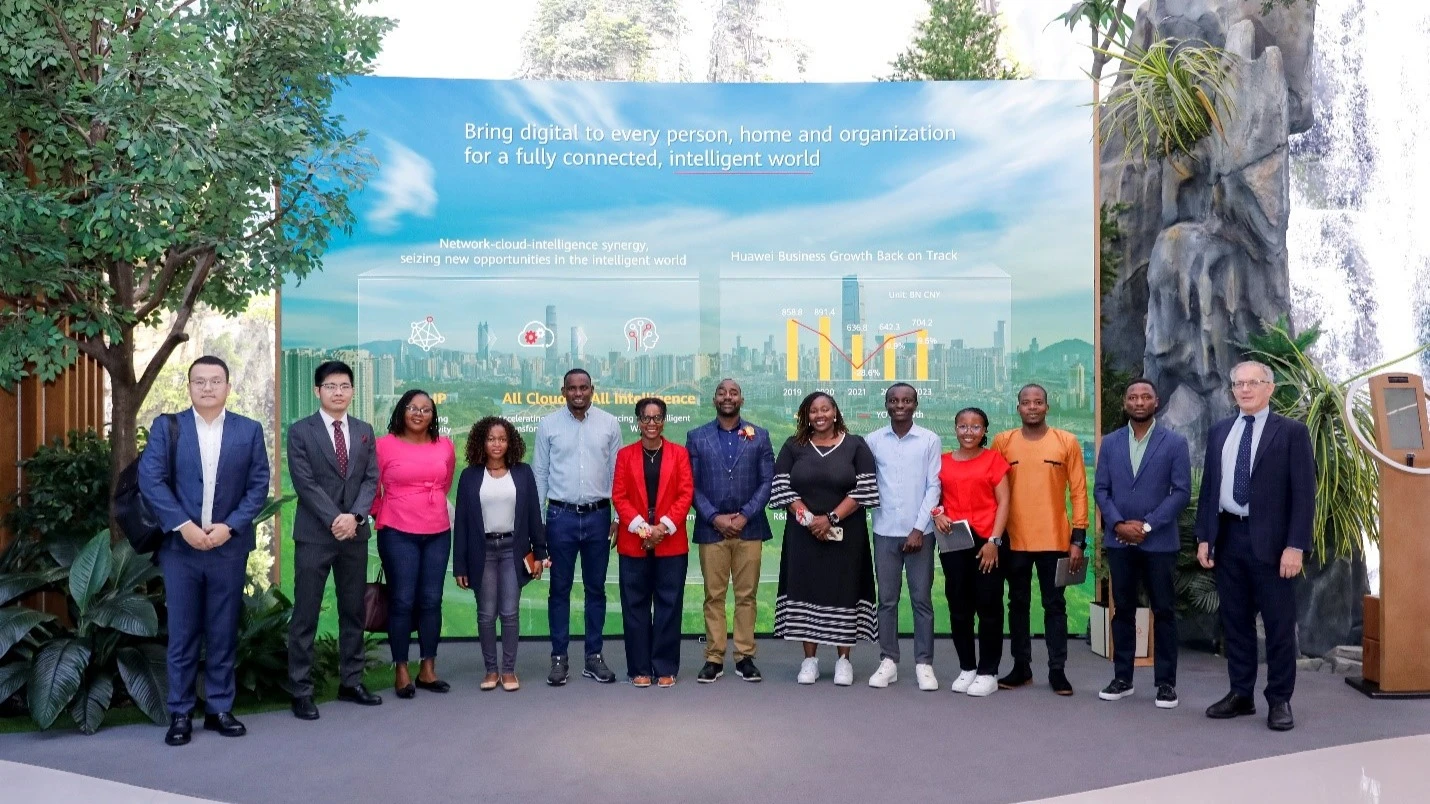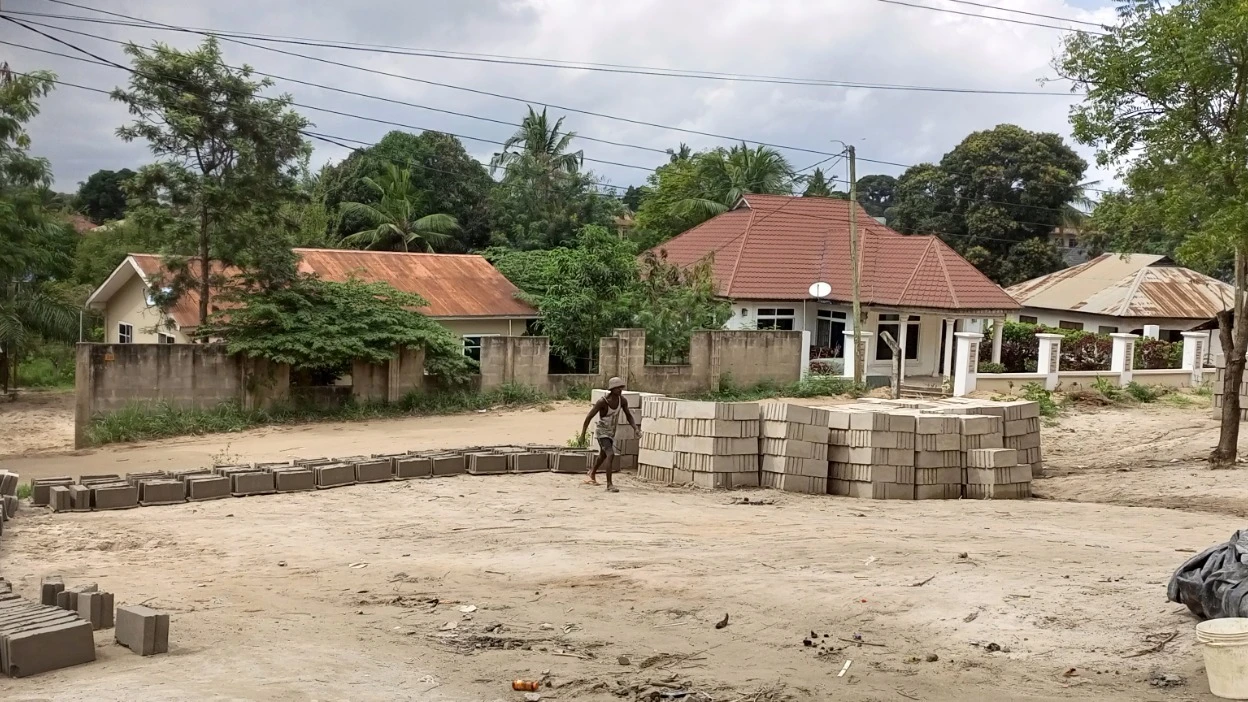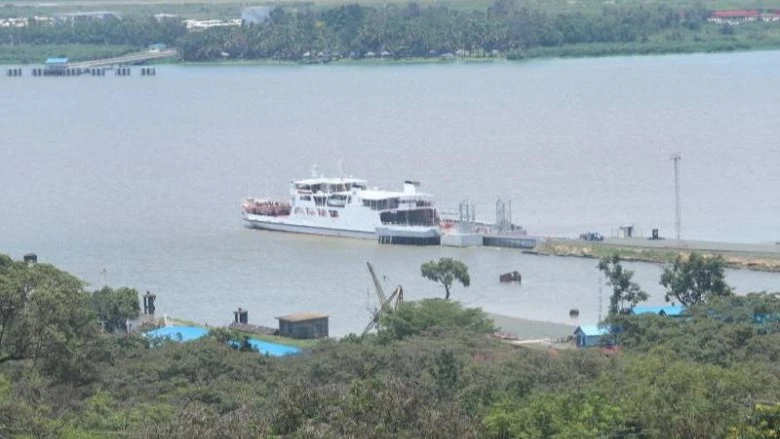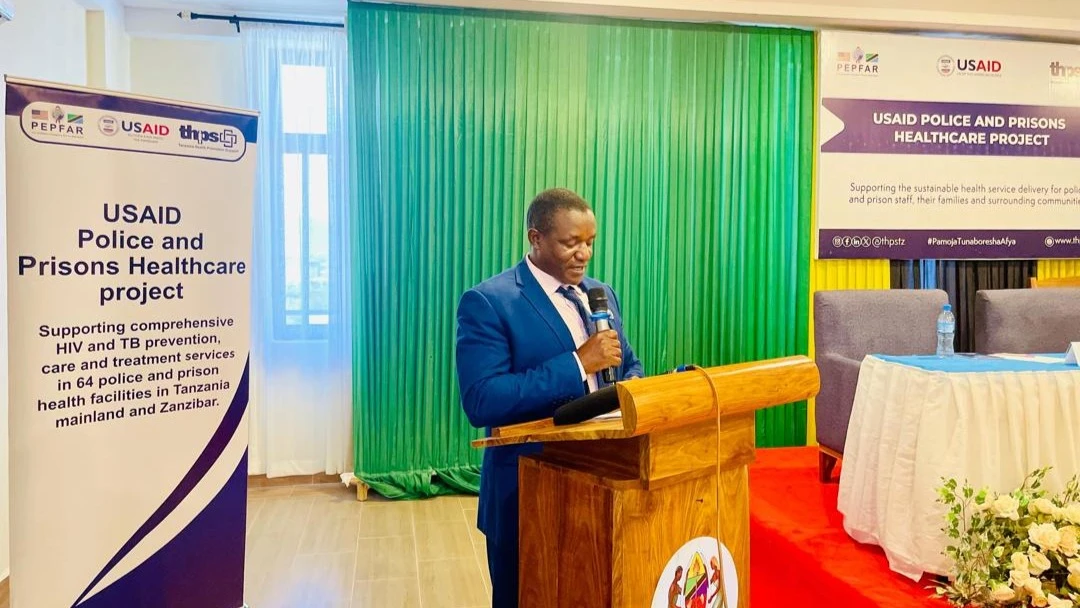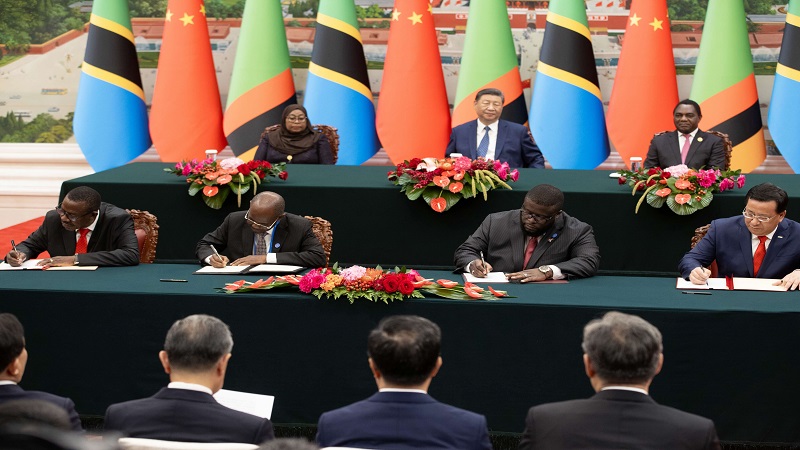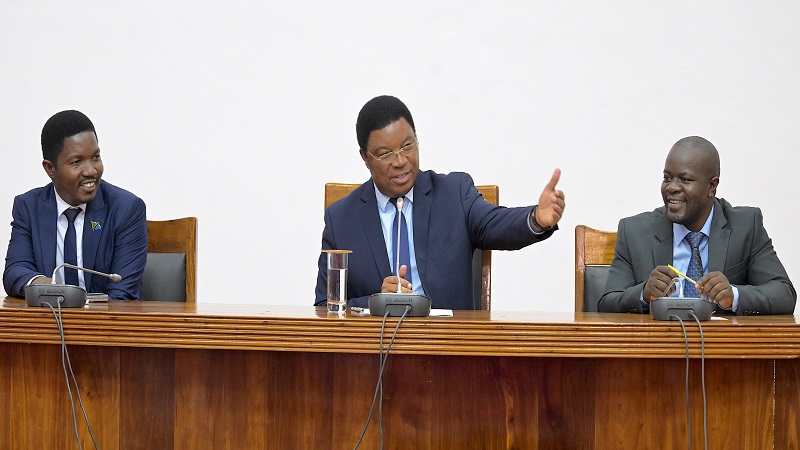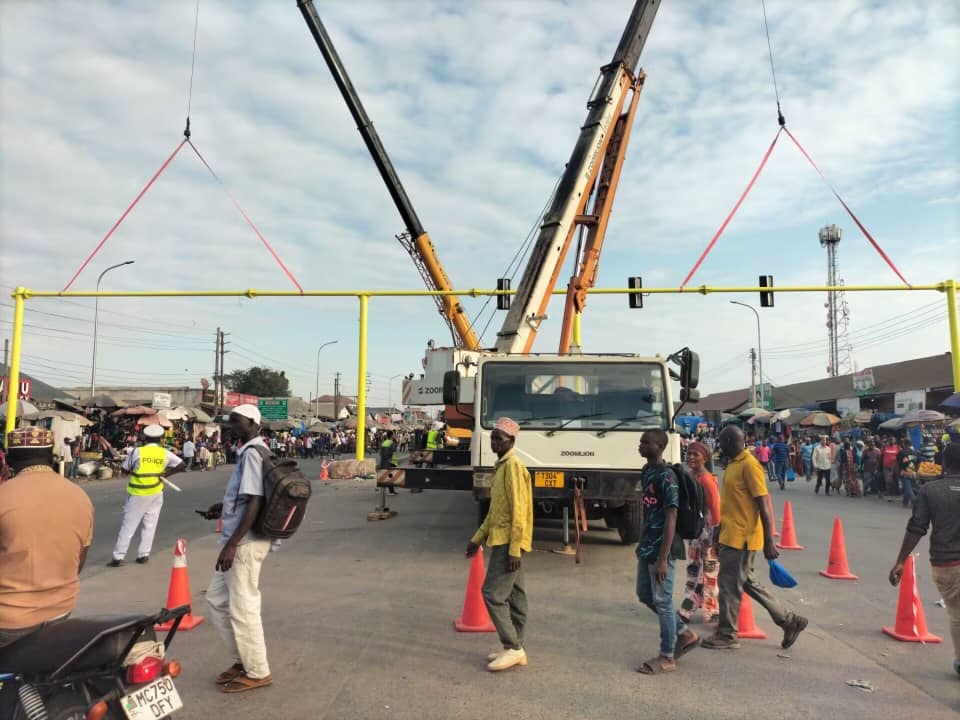Imported electricity increase by 12pc in March 2024
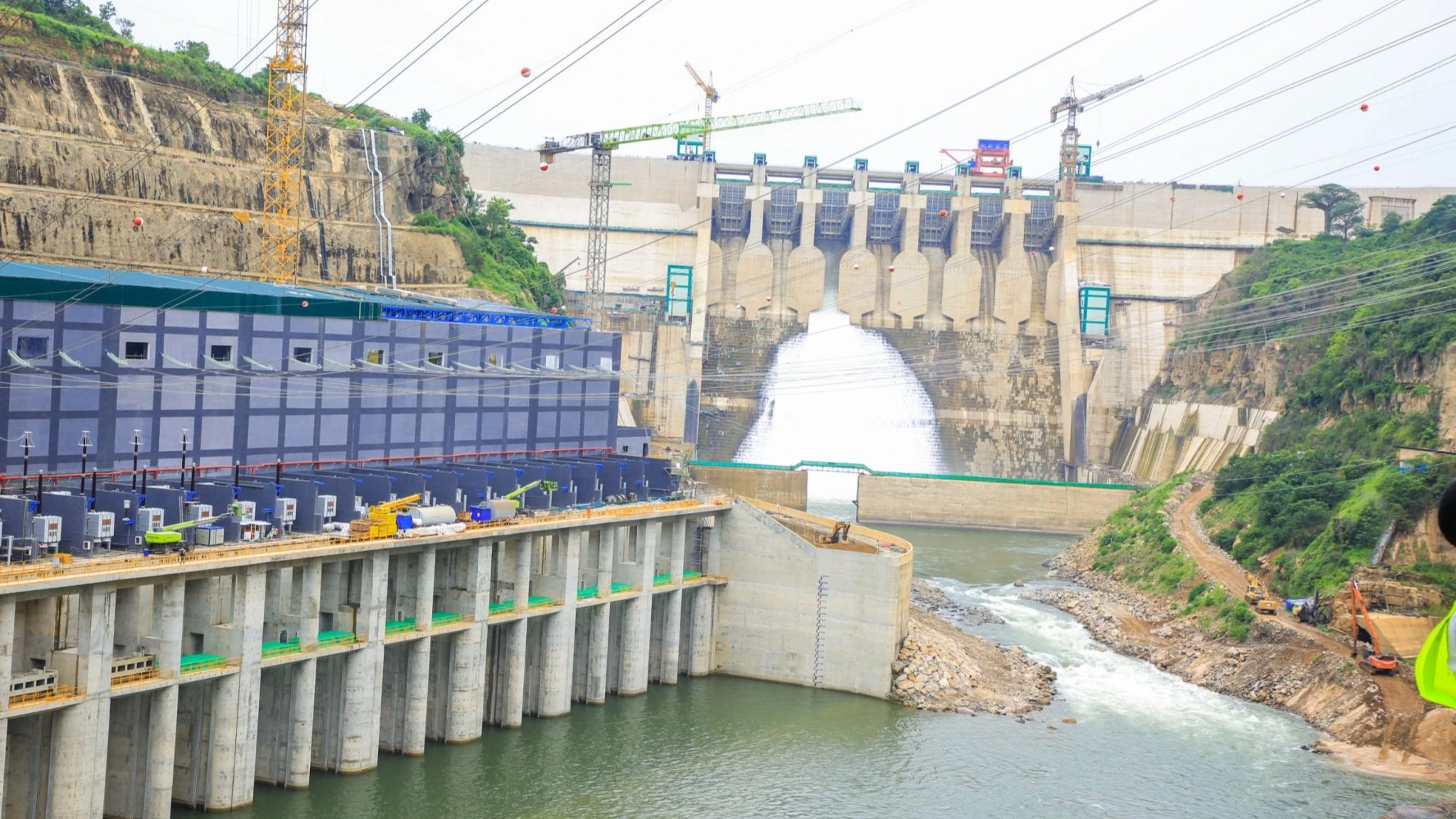
Imported generated electricity increased by 12 percent to 51,145MWh during the first quarter of this year, an increase from 45,699MWh recorded during the first quarter of last year.
Provisional data by Tanzania Electricity Supply Company Limited (Tanesco) and Bank of Tanzania (BoT) indicate that the highest increase was recorded by the Southern Highlands, which imports electricity from Zambia.
Data shows the imported electricity accounts for 1.9 percent of all power generated in Tanzania, while 98.1 percent is generated domestically.
Imported electricity from Zambia increased by 25.5 percent to 14,705MWh during the first quarter of this year from 11,717MWh recorded during similar period of last year, but was lower than 15,146MWh recorded during the fourth quarter of last year.
Southern highlands regions of Songwe, Katavi and Rukwa have been depending on imported electricity from Zambia as many areas were still isolated from the national grids.
However, Katavi region, which has been isolated for decades, will now be connected to the national grid by September this year, after President Samia Suluhu Hassan recently inspected the construction of KV132 transmission line from Tabora located in Mpanda.
According to the data, the imported electricity from Uganda, also recorded the increased trend during the reported period as 36,439MWh were imported in Q1, 2024, compared to 33,952MWh which were imported during the first three months of last year, which is an increase of 7.3 percent.
Data show that electricity generation, both domestically and imported, grew by 9 percent during the first quarter of this year to 2.75 million MWh, compared with 2.52 million MWh generated in Q1, 2023, of which 2.70MWh were generated domestically.
Only Dar es Salaam and Southern highlands zones recorded the decline of generated electricity.
The electricity generation in Dar es Salaam, which accounts for 62 percent of all generated electricity, declined by 3.3 percent to 1.73 million MWh, compared with 1.79 million MWh, while those of southern highlands, which accounts for 4.1 percent of total generated electricity decreased by 25.8 percent to 113,972MWh compared with 153,525MWh respectively.
The electricity generation in south eastern zone of Tanzania mainland, which accounts for 7.6 percent of total generated electricity increased to 208,309MWh at the end of March this year, compared with 42,046MWh recorded at the end of March last year.
The increase in the South-Eastern zone was largely due to the operationalization of one turbines at Julius Nyerere Hydro-Power Plant, Tanesco says.
In northern zone, where electricity generation accounts for 4.9 percent of total generation also increased to 135,122MWh from 35,099MWh, while in central zone, which accounts for 18.2 percent share, a total of 502,490MWh were generated, against 460,336MWh.
The increase of electricity generation in Northern zone was mainly due to the rise in water levels at Nyumba ya Mungu dam while those in central zone resulted into increase of water levels at Kihansi dam.
The Lake zone, which accounts for 2.2 percent of total generated electricity in Tanzania mainland, recorded the increase of 44.4 percent to 61,356MWh during the first quarter of this year, compared with 42,502MWh recorded at the end of March last year.
Power generation in the Lake zone increased mostly driven by Nyakato and Kigoma thermal power plants to compensate for the shortfall of the supply from the national grid.
Top Headlines
© 2024 IPPMEDIA.COM. ALL RIGHTS RESERVED


